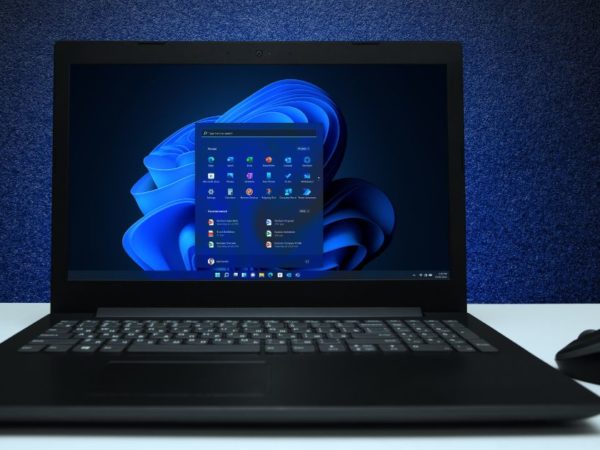Microsoft produces SQL Server Developer edition is a full-featured free edition, licensed for use as a development and test database in a non-production environment. We are going to install SQL Server 2019 Developer Edition on Windows Server 2019. It is provided for macOS, Ubuntu, SLES, RHEL and Windows operating systems.
Before we begin, head over to the Microsoft SQL Server Downloads page and download SQL Server 2019 Developer Edition.
Step 1: Run Installed Application
Navigate to the directory/folder where you downloaded the application then double-click it to start the installation process.
Step 2: Select Custom Installation
After you have chosen the custom installation, click on “Install“. Allow the application to download and install packages.
You have the “Basic“, “Custom” and “Download Medium” installation types. I recommend you choose “Custom” to tweak your installation of SQL Server 2019 Developer Edition on Windows Server 2019.
Specify a directory where SQL Server will store files downloaded for installation.
Be patient as the download begins, it may take some time.
Step 3: Choose Installation
After all of the packages have downloaded, a new page as illustrated below will follow. Click on “Installation“
Step 4: Choose New SQL Server standalone
After Step 3, choose the first option in the list and proceed to the next step. This is illustrated below.
Step 5: Specify Edition
This step depends on whether you need “Developer“, “Evaluation” or “Express“. Their differences are described in the window. Since we are installing the “Developer” edition, let us proceed with that option. Click “Next“
Step 6: Accept License Terms
Select the “I accept the license terms and Privacy Statement” Radio and click on “Next“.
Step 7: Microsoft Update
You can either select the “Microsoft update” radio or not in this step then click “Next“
Step 8: Install Rules
Windows will check the system to find out any potential problems that can occur while the setup is running. If your firewall is running, you might see a warning sign for “Windows Firewall” which reminds you to open appropriate ports after installation is complete. Click “Next” after you are satisfied with the results of that page.
Step 9: Feature Selection
In this step, you are presented with many features that SQL Server comes with. In case you would wish a certain feature to be included in your SQL instance, then this is the part that you choose their radio buttons. Go ahead and choose what you prefer to have. Click “Next” after you are done.
Step 10: Instance Configuration
Name your instance, in this step and click on “Next“.
Step 11: Server Configuration
Specify the service accounts and collation configuration here. Click “Next” after that.
Step 12: Configure Database Engine Parameters
This step gives you the opportunity to choose authentication mechanisms you will use, setting a password for the administrator account and choosing other admin accounts.
I prefer mixed-mode authentication where a user can either be from a domain or added manually in the SQL instance. Choose the one that suits you best, enter the password and any other setting that you would wish to configure.
If you are keen, you will notice that there are other Tabs on this page. They are “Data Directories” where you can specify where you would wish your logs to reside, where your root directory will be, where you would wish to place your backup directory and database directory.
If you have different partitions in your server, you can place these directories in a smart way. Other tabs include “Memory“, “TempDB“, “MaxDOP“, and “FILESTREAM“. Look into them and set your customized settings therein.
Click on “Next” when you are done. Do not forget to add an admin user.
Step 13: Analysis Services Configuration
Since I enabled analysis functionality, this is the step where I configure them. Choose an administrator and set the server mode that you prefer. Click on “Next“.
Step 14: Accept Installation of Services
In case you had chosen specific packages to suit your needs in Step 9, you will be presented with installation guide and settings tailored for that specific service. For example, I had chosen Python and now I am being asked to consent its installation. After you are done with all of the prompts, click “Next” to proceed.
Step 15: Ready to Install
This step gives a summary of what we have been doing so far. The packages we have chosen to install, the settings we have configured and many more. Look at the list carefully. After you are satisfied with the summary, then gladly click on “Install“
Wait as the server gets installed.
Step 16: Finish up
After everything has installed. Click on “Close“. Your SQL instance is installed and ready to be used.
Conclusion
Our SQL Server 2019 instance has been finally installed. What remains is to connect to it, create databases and take advantage of its resources. Next, we are going to look at how to connect to our SQL instance using SQL Server Management Studio. We shall install it and kick-off using our SQL resources. Thank you for hanging with us and for your continued support.
You might also be interested in:
How to install Microsoft SQL Server on RHEL / CentOS 8
How to install Microsoft SQL Server 2019 on CentOS 7 / Fedora
Install and Configure Hyper-V on Windows Server 2019
Install and Configure Windows Admin Center on Windows Server 2019/Windows 10
Linux vs Windows – Introduction for Newbies
How To Install MS SQL Server on Ubuntu 18.04/ Ubuntu 16.04 LTS



